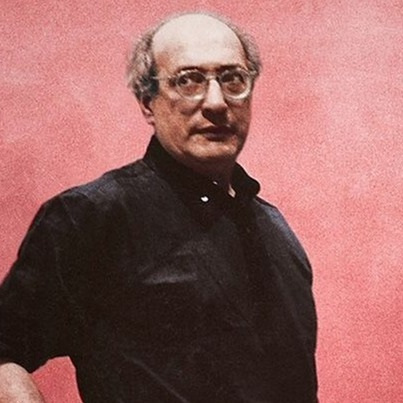
Mark Rothko
Mark Rothko was an American painter of Latvian-Jewish descent, renowned for his large, abstract color field paintings. His works are characterized by their emotional depth and spiritual resonance.
Biography of Mark Rothko
Mark Rothko, originally named Markus Yakovlevich Rothkowitz, was born on September 25, 1903, in Dvinsk (now Daugavpils, Latvia). In 1913, his family immigrated to the United States, settling in Portland, Oregon. Rothko attended Lincoln High School in Portland before enrolling at Yale University in 1921. However, he left Yale in 1923 and moved to New York, where he pursued his artistic education at Parsons The New School for Design.
Rothko began his artistic career in New York, and in 1928, he had his first exhibition at the Opportunity Gallery. He also taught at the Center Academy of the Brooklyn Jewish Center, where he focused on drawing, painting, and clay sculpture. His early works were influenced by his studies and the artistic environment of New York. In the 1930s, Rothko became a founding member of "The Ten," an artist collective. In 1938, he became a U.S. citizen and changed his name to Mark Rothko, reflecting concerns about antisemitism.
Rothko's career continued to evolve, and he held several solo exhibitions, including a notable one at The Art of This Century Gallery in 1945. He also formed connections with other prominent artists, which influenced his transition to abstraction.
Mark Rothko's Famous Paintings
Mark Rothko is best known for his large color field paintings, which feature stacked rectangles of vibrant hues. One of his most famous works is "Slow Swirl at the Edge of the Sea" (1945), which marks his move toward abstraction. His paintings often used oil on canvas, creating deep emotional resonance through the layering of colors.
Rothko's later works, such as the "Black on Grays" series, used more somber tones, reflecting his emotional state towards the end of his life. These works are often linked to his struggles with depression.
Mark Rothko's Art Style
Mark Rothko's artistic style evolved significantly over his career. In his early years, he created representational art influenced by Impressionism, focusing on urban scenes. However, his style gradually shifted toward abstraction, culminating in his iconic color field paintings. Rothko's technique involved layering diluted paint to create large, expansive canvases dominated by rectangles of color. He used color as a primary means of expression, aiming to evoke deep emotional responses and a sense of spiritual transcendence in the viewer.
Notable Exhibitions and Projects
Mark Rothko had several significant exhibitions throughout his career, including a solo show at the Portland Art Museum and another at the Art Institute of Chicago. In 1958, he was commissioned to create a series of paintings for the Four Seasons restaurant, producing 40 pieces for the project. Another important commission came from Harvard University, where Rothko created a series of murals for the Holyoke Center.
These exhibitions and projects helped establish Rothko as a leading figure in abstract art, contributing to his lasting legacy in the art world.
Years:
Born in 1903
Country:
Latvia, Daugavpils